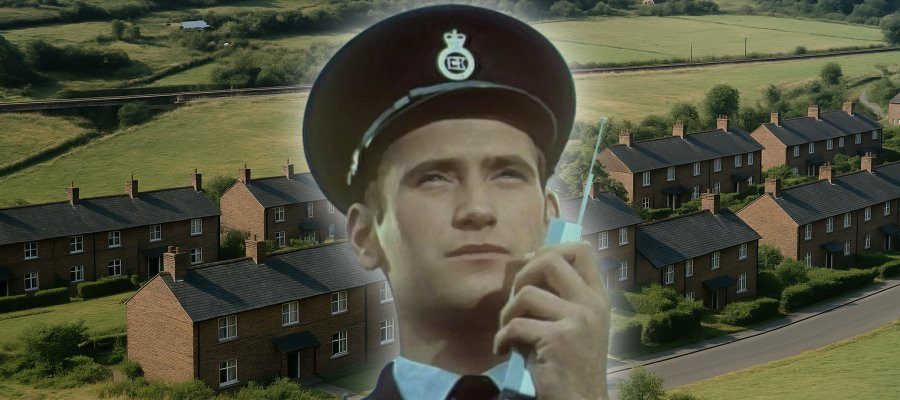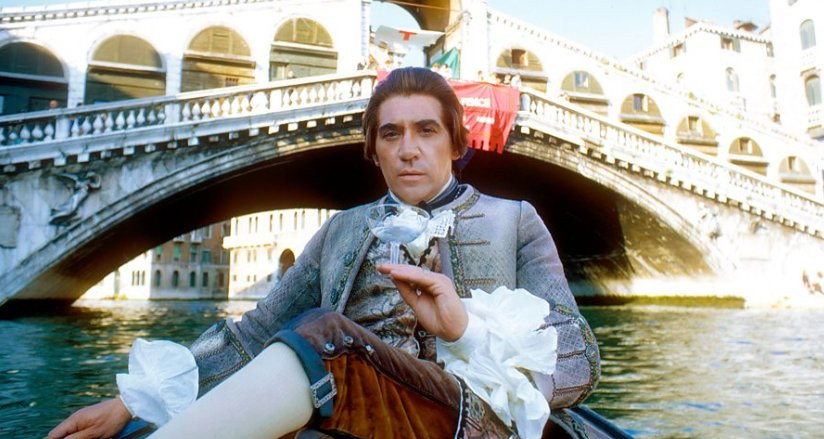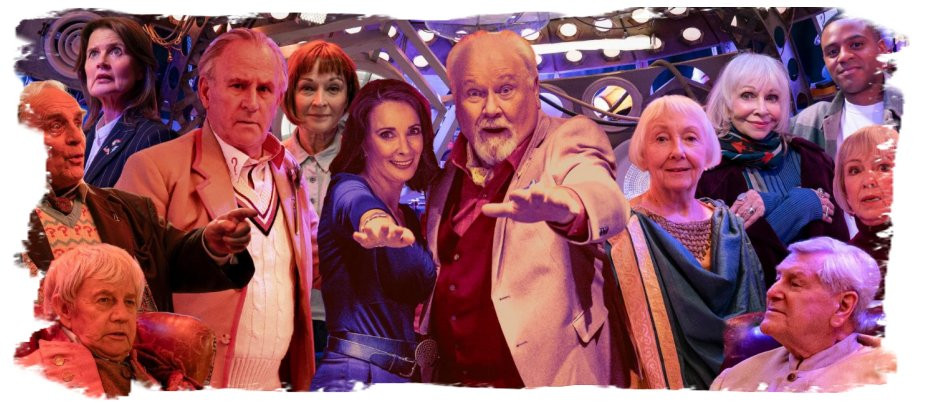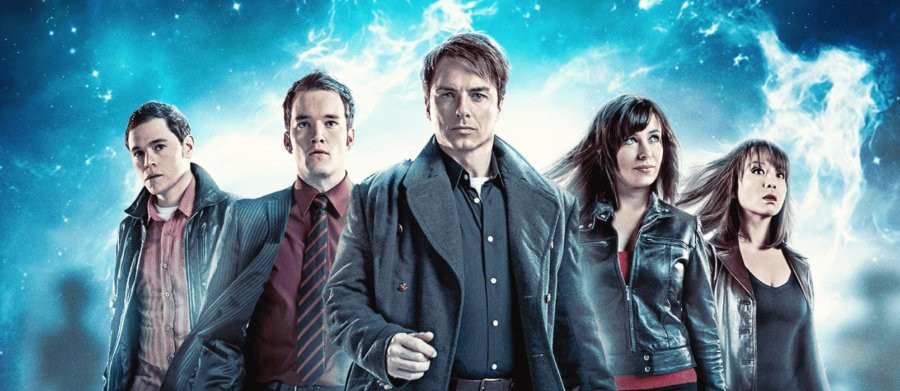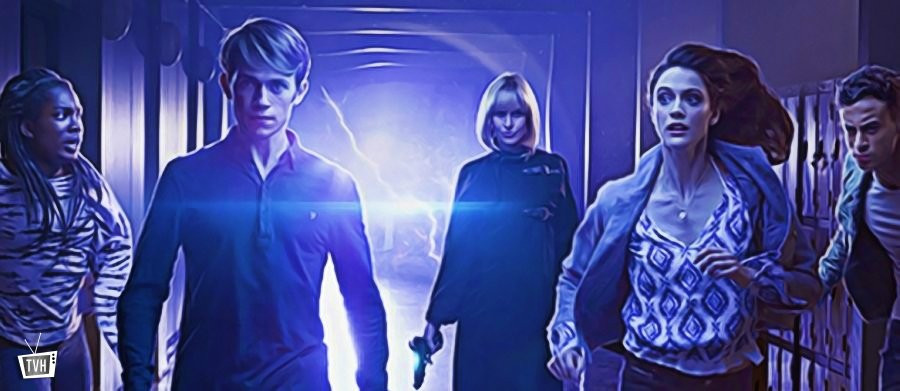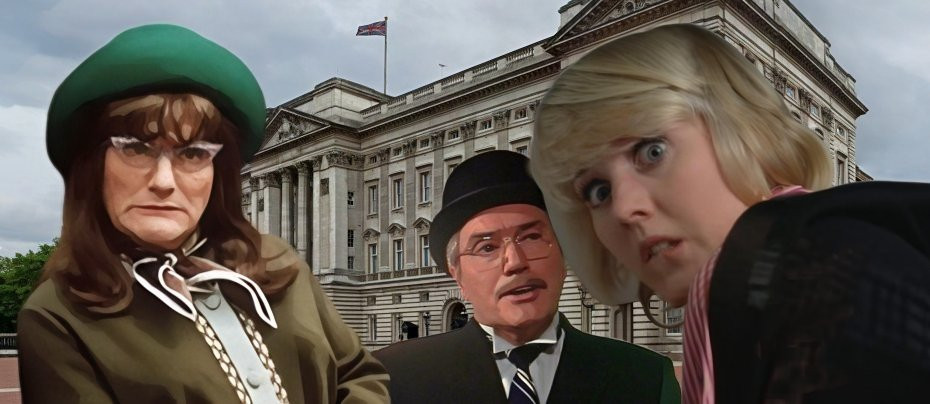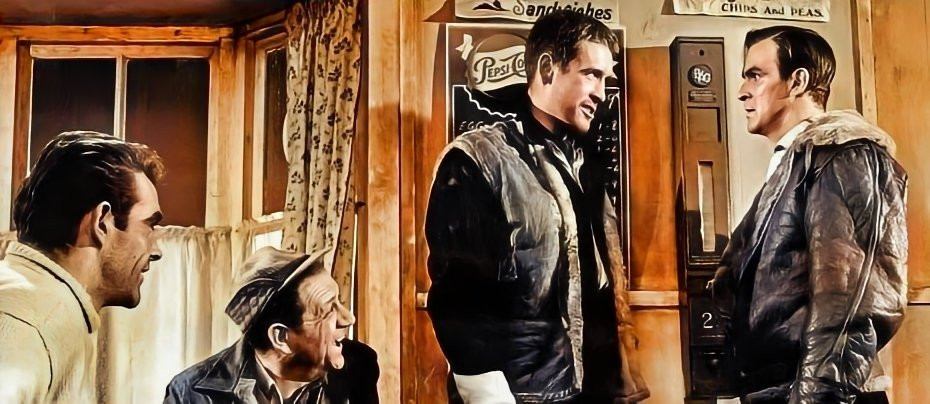Marco Polo
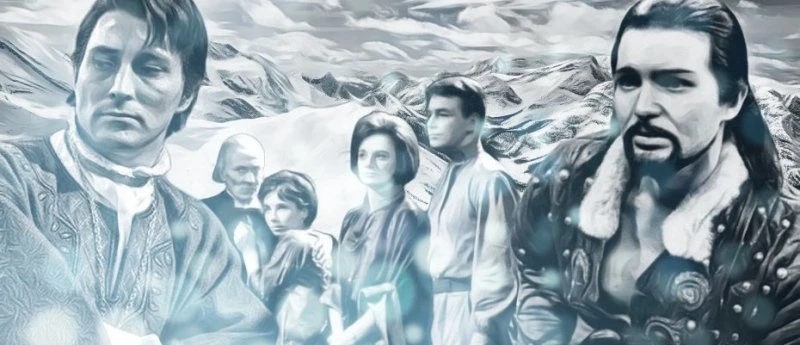
"I wanted it to be a time machine, to go back into history and to dramatise history with our contemporary characters observing and being part of the changes of the world." – Sydney Newman interviewed for DWB, August 1986.
If any single tale exemplified Sydney Newman’s original vision for Doctor Who, it was the epic seven-part adventure Marco Polo. If any single story illustrates the tragedy of deleted episodes, then it is also Marco Polo, which, more than any other early Doctor Who story, transported us back in time with all the elements that made the BBC’s reputation for costume drama the envy of the world. Wonder, adventure, terror, intrigue, exquisite sets and costume design, a wonderfully crafted script and a real sense for the period. It firmly anchored Doctor Who in terms of being so much more than just another run-down-the-corridor science fiction series with bug-eyed monsters.
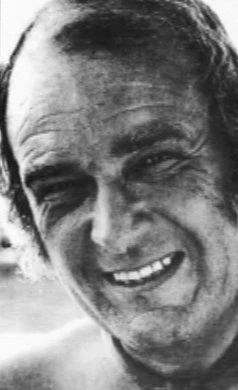
The writer, John Lucarotti, was an Englishman who moved to Canada in the 1950s. There, he worked as a scriptwriter for the Canadian Broadcasting Corporation for CBC Radio and television. In 1955 he composed an ambitious 18-part radio serial titled The Three Journeys of Marco Polo. Each episode, of 30-minutes duration, ran in the late afternoon slot at 5.30pm, from October 1955 to January 1956. It was at CBC that Lucarotti met Sydney Newman, a Canadian producer who was destined to make the journey across the Atlantic in the opposite direction to Lucarotti. When Newman eventually arrived at the BBC and was looking for potential writers for Doctor Who, he remembered Lucarotti's epic radio serial and thought it would make an excellent story for the Doctor and his travelling companions to get involved in. After all, it had all the ingredients that Newman wanted for the series. Adventure, intrigue, and history from which its young audience could learn.
In the second week of July 1963, Lucarotti was commissioned to write a seven-part serial titled Journey to Cathay. Of course, having already done extensive research for his radio serial, Lucarotti was on very familiar ground. In crafting his scripts, he had previously drawn heavily from Polo's memoirs, originally The Wonders of The World (or Description of The World) but later-on known as The Travels of Marco Polo. The route followed in the serial was inspired by Polo's original journey to Shangdu, which culminated around 1275. What Lucarotti needed to do now was to add the element of the four time-travellers. It would be the first time that a true historical figure would feature in Doctor Who and was the series’ first fully historical tale.
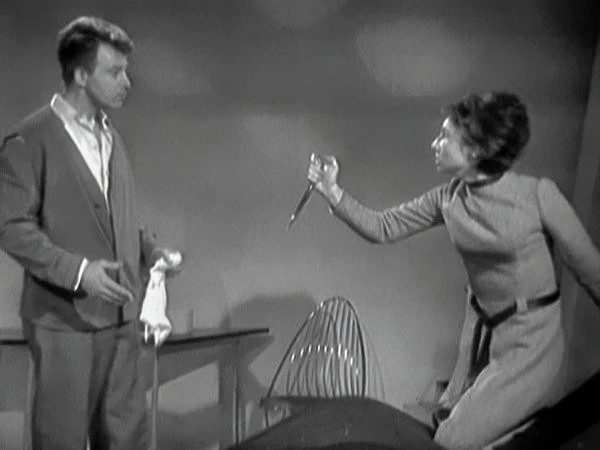
Journey to Cathay was intended to be the third Doctor Who story, carrying on directly from The Daleks, but budgetary concerns and the initial refusal of Donald Baverstock, the Controller of Programmes for BBC One, to authorise the series' continuation beyond its initial thirteen-episode run, meant that story editor David Whittaker had to hurriedly write a two-part ‘filler’ story to satisfy the BBC’s commitment. But the two-parter badly backfired with critics, sections of viewers and even the BBC hierarchy. The Edge of Destruction and The Brink of Disaster, known on BBC files collectively as Inside the Spaceship, now seen as a seminal story in the development of all four lead characters, was, at the time heavily criticised for its level of violence, both physical and psychological. One particular scene, where Susan (Carole Ann Ford), mentally disoriented, picks up a pair of scissors to use as a weapon and then frenziedly stabs them into her bed before breaking down and sobbing, led Stuart Hood, controller of television programmes, to state that the scene had "digressed from the code of violence in programmes." Series producer Verity Lambert admitted to an error of judgement and apologised whilst giving an assurance that nothing like that would happen again.
The production of A Journey to Cathay was finally green-lit when Donald Baverstock ordered a second block of thirteen episodes and shooting for this story commenced on 13 January 1964 at the BBC Television Film Studios in Ealing, London. The scenes filmed here were ones that were too big for the smaller Lime Grove Studio D at Shepherd's Bush, where Doctor Who was usually filmed. Filming in Studio D commenced on 31 January, three weeks before the first episode was to be televised.
William Hartnell fell ill the following week during rehearsals and David Whittaker rewrote the script so the opening scene in episode 2 (The Singing Sands), between the Doctor and Susan, was now shared between Barbara and Susan. Fortunately, this was the only line that Hartnell had been required to speak, so no major rewrites were necessary.
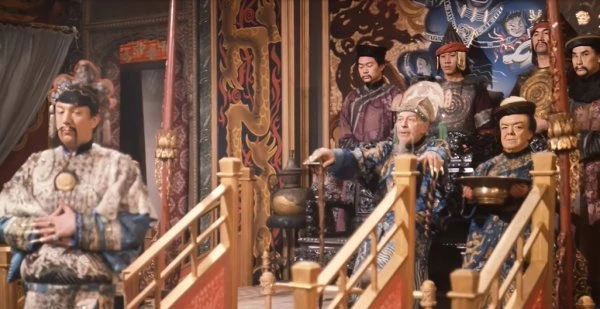
Designer for the adventure was Barry Newbery. His sets came in for specific praise as did Daphne Dare’s costume designs. "I used archaic Chinese banners which I had seen in a book. There were lots of Chinese actors in the studio, and they all recognised the signs but none of them had any idea what they meant," said Newbery. "I made a garden with a moon gate, running water and a fish tank. When Waris Hussein (the director) came into the studio he rubbed his hands together, jumped up and down and cried 'Whoopee!' That is the sort of thing that a designer will never forget." Newbery had used Aurel Stein's Ruins of Desert Cathay (1912) and Nelson Ikon Wu's Chinese and Indian Architecture (1963) for research of the 13th century designs. He also found that Korean architecture from 1900 was like that of the 13th century. Commenting on the story in Doctor Who The Handbook – The First Doctor (1994), Howe, Stammers and Walker wrote: ‘Newbery’s exquisite and finely detailed sets deserve particular praise for the way in which they capture the feel of ancient Cathay, adding so much to the charm and atmosphere of the story.’
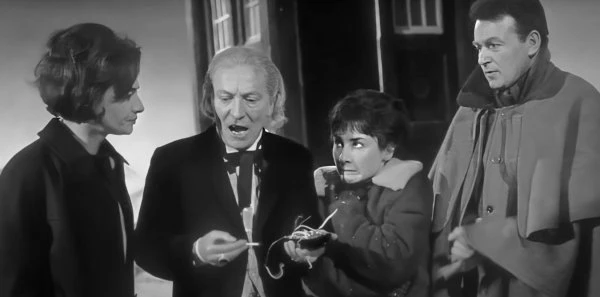
The story begins when the TARDIS materialises on the ridge of a snow-capped mountain. Outside the ship, Susan notices a giant footprint. This is soon dismissed when the Doctor informs the travellers that the TARDIS has suffered a serious power failure which has left it without light, heat or water. Stuck as they are, in these icy wastes, with the repairs going to take days rather than hours, they all face the prospect of freezing to death as night approaches and the temperature plummets. Despite the Doctor’s warning that it’ll be a futile exercise, Ian and Barbara go to look for fuel but hurry back to the ship when Barbara thinks she has seen a figure through the snow - a creature with large footprints.
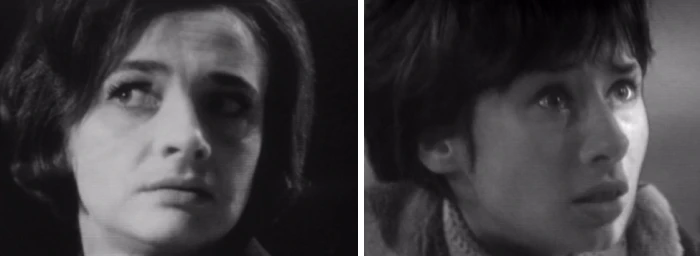
When they arrive back at the TARDIS, Susan screams when she sees a figure watching them who then quickly ducks out of sight. Believing that this could be their only chance of finding shelter, the foursome go off in pursuit but quickly find themselves surrounded by Mongol soldiers. From them, steps a leader who tells his soldiers the travellers are evil spirits in human form and must therefore be destroyed.
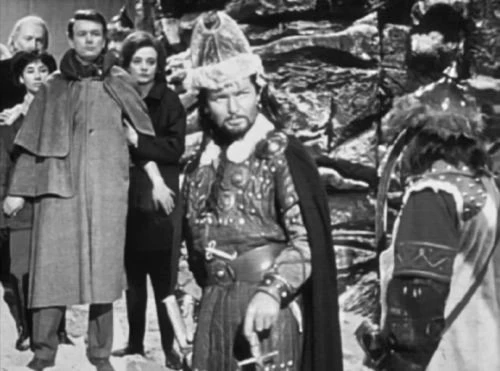
As the soldiers move in for the kill they are stopped by a command “in the name of Kublai Khan,” by a western man. Realising that the Doctor is suffering from mountain sickness, he orders the travellers be taken to his caravan further down the mountain. Once inside the warmth of the caravan, Barbara works out that their saviour is the Venetian traveller Marco Polo.
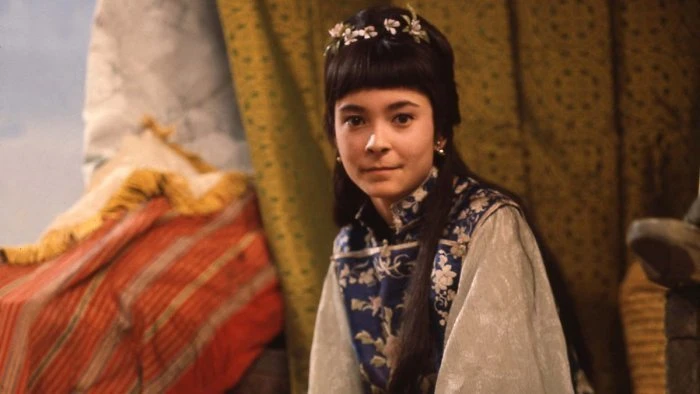
Polo introduces his companions: the Mongol warlord Tegana, a peace emissary from the Khan Noghai, who has been at war with Kublai Khan, and the lady Ping-Cho, a sixteen-year-old Chinese girl who Polo is taking to meet her future husband, a seventy-five-year-old who she has never met. Polo informs the travellers that they are on their way to Shang-Tu which Barbara says is in China, but Polo has never heard of this place and informs her that Shang-Tu is in Cathay. (It wouldn’t be until the late1500’s/early 1600s that the name China became widely known, and this adventure is set in 1289.)
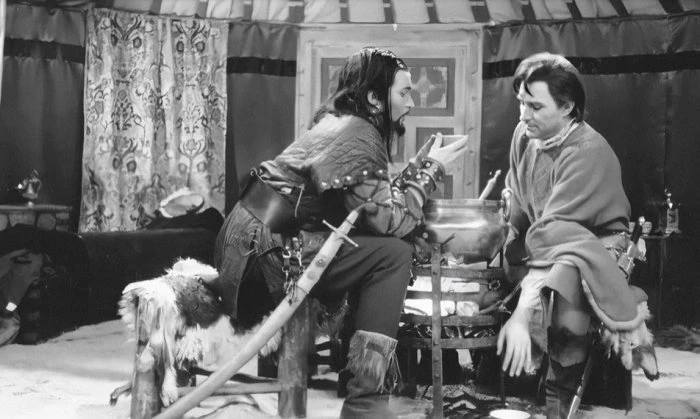
Whilst Polo takes the time-travellers at face value, Tegana does not trust them and seeks to put doubt in Polo’s mind. "The carriage they travel in has no wheels. It just stands there like a warlord’s tomb on one end. And another thing...it is not large enough to carry four people." The following morning Ian has to explain the TARDIS to Marco. When Marco wants to know where the wheels are Ian explains that it doesn't have any, and it travels "Through the air."
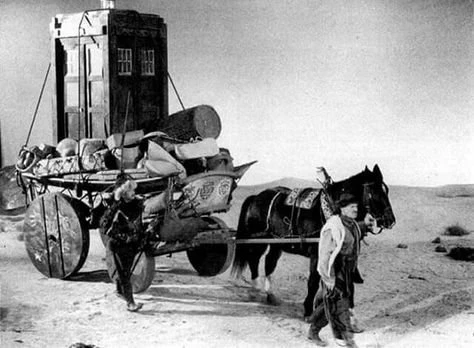
Polo orders that a sledge be made to bring the TARDIS down the path to the caravan but forbids the Doctor from entering it. When the caravan next stops, at a way station in Lop, Polo tells the Doctor he is requisitioning his "flying caravan" as a prize for the emperor in an attempt to buy his way out of his service. But Tegana has his own agenda. He is in possession of a poison for the caravan's water supply which he intends to use when they cross the Gobi Desert. Once Polo and his entourage are dead, Tegana will take the "thing of magic" in order to bring the mighty Kublai Khan to his knees.
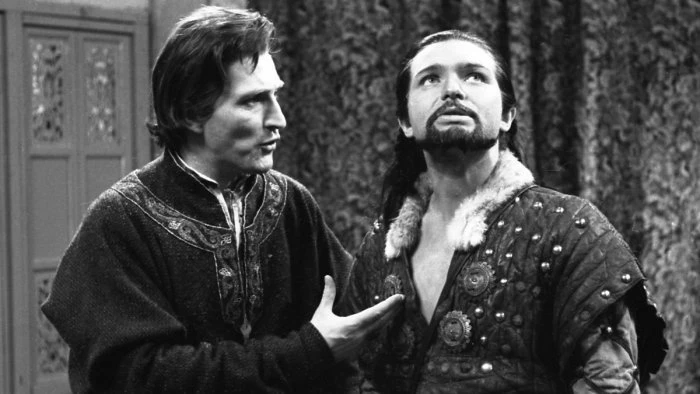
The first instalment of Marco Polo, The Roof of the World, is a prime example of a perfectly crafted opening episode of 1960s Doctor Who. The cast are on top form. William Hartnell is his irascible self even though he sometimes gets so carried away that he stumbles over his words. William Russell and Jacqueline Hill, as Ian and Barbara, keep the story grounded by maintaining their incredulous believability, and Carole Ann Ford as Susan and the delightful Zienia Merton as Ping-Cho strike up a warm and affectionate relationship. Marc Eden creates a wholly believable Marco Polo with intelligence, humility and determination, and Derren Nesbitt delivers a performance that oozes menace and duplicity.
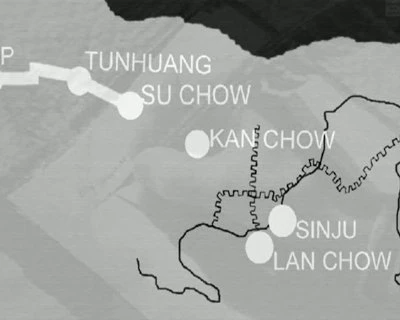
The traveller’s epic journey is cleverly illustrated over the seven episodes with the use of an animated graphic showing their progress and excerpts from Polo’s diary read by Marc Eden. "My plan has worked. The strangers and their unusual caravan accompany me to Lop. Our route takes us across the Kashgar Valley and southeast to Yarkand. Here we join the old Silk Road, along which the commerce and culture of a thousand years has travelled to and from Cathay. I wonder what the strangers' reaction will be when I tell them what I propose to do?"
Despite the time-traveller's attempts to regain control of the TARDIS, they are thwarted at every turn. When Ian is forced to reveal the truth about the TARDIS, Polo is incredulous, "You are asking me to believe that your caravan can defy the passage of the sun?" And yet he is more determined than ever to deprive them of it, convinced that they can make another one once he has his freedom and they have returned with him to Venice. "My conscience pricks me. I was adamant, despite the Doctor's protests, that the key and his caravan should be handed over to me. Now we journey across this burning desert, and I shall not rest until I see the temple spires of the city of Tun-Huang."
The serial received positive reviews from television critics and viewers. Following the broadcast of The Roof of the World, the BBC Programme Review Board noted that there were 'several appreciative notes' on the show. Philip Purser of The Sunday Telegraph noted that Marc Eden impersonated Marco Polo 'with sartorial dash.' In a 2008 review, Mark Braxton of the Radio Times praised the serial, stating that 'the historical landscape was rarely mapped with such poetry and elegance.' Howe, Stammers and Walker wrote 'Marco Polo must surely rate as one of the finest Doctor Who stories ever transmitted' and added that 'Lucarotti's enthralling, dramatic and meticulously researched scripts possess a genuinely epic quality.'
The character and story of Ping-Cho was based on Polo's own account of a young Princess Kokachin whom he brought to Persia in 1292 to marry a grand-nephew of Kublai Khan, only to learn upon their arrival that the would-be groom had passed away. Tegana was named after a Tartar ruler mentioned in Polo's memoirs as were other characters in the cast.
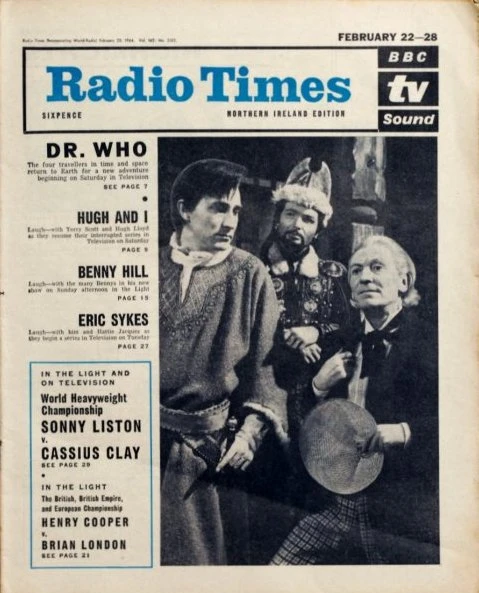
Ratings for the series remained at over 9 million viewers for all seven episodes with the final instalment peaking at 10.4. On 20 February 1964, Doctor Who made its first appearance on the cover of the Radio Times. The black-and-white photograph featuring Hartnell with guest stars Mark Eden and Derren Nesbitt was the cause of consternation among the regular cast. William Russell, in particular, was already unhappy with episode four (The Walls of Lies) when six minutes of new scenes were added the day before recording. Russell spoke with his agent on 22 February complaining that he and co-stars Jacqueline Hill and Carole Ann Ford had been slighted by their omission from the Radio Times cover in favour of two guest performers, as well as the last-minute script changes. The BBC explained that they had supplied RT with a number of pictures from the adventure and it was the magazine’s editorial decision to use that particular picture, however, Head of Serials Donald Wilson discussed the matter of rewrites with Verity Lambert and agreed that all of the regular cast members would be more closely consulted about scripts in the future.
With the transmission of episode six (Mighty Kublai Khan), Doctor Who moved to a new timeslot, which had previously been requested by Verity Lambert. Instead of airing at 5.15pm it would now go out at 5.30 after the second season of The Telegoons and before (as previously) Juke Box Jury.
Of all the lost Doctor Who adventures, Marco Polo is the most sought-after. The tragedy is that all seven episodes were sold to nineteen countries before the BBC wiped or destroyed the original master tapes. That doesn't necessarily mean that nineteen copies went out, as many copies were shared amongst broadcasters. But at this time not one single episode, nor one single clip has reappeared from those broadcasters or from the hands of private collectors should they have any (the opening scene from the story that does exist is in fact the ‘teaser’ from the previous episode The Brink of Disaster). The only record of the entire adventure, in any media form, is the original soundtrack which was recorded off-air by some fans. This has enabled the episodes to be reconstructed on some social media sites using either crude animation techniques or marrying up the soundtrack with 'telesnaps', pictures taken from the TV screen at the time of transmission, or in the studio at that time. The BBC released the soundtrack with narration by William Russell in 2004.
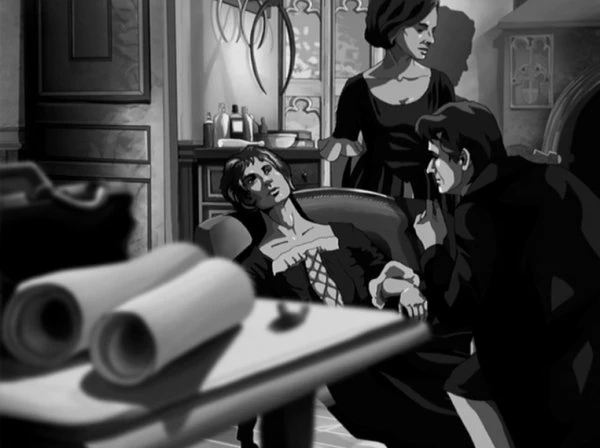
Despite releasing a number of ‘lost’ episodes as animated reconstructions, the BBC has only released one Hartnell historical story in this format – The Reign of Terror (which only required two animated episodes). All other releases have been reserved for stories with a science-fiction element, i.e. robots or monsters. To be honest, given the poor quality of the animation in more recent releases, Marco Polo is best left alone for the time being. Unless the quality of the animation can match the quality of the original, any release will greatly devalue and not do any justice to this exceptionally produced tale.
In any case, when BBC America pulled its funding for the animated recons it seemed to pretty much kill off that avenue of probability. However, with Doctor Who recently joining forces with Disney+, could that format be revived? The studio rightly regarded as the most famous animator in the world would seem to be a natural home for missing story reconstructions. And what better way to kick them off with a genuine classic?
Laurence Marcus (January 2023)


